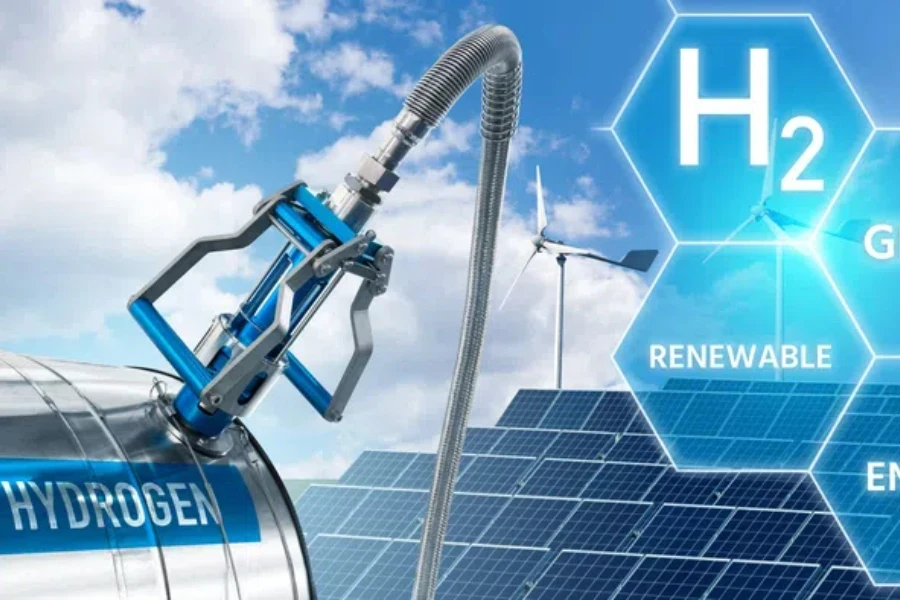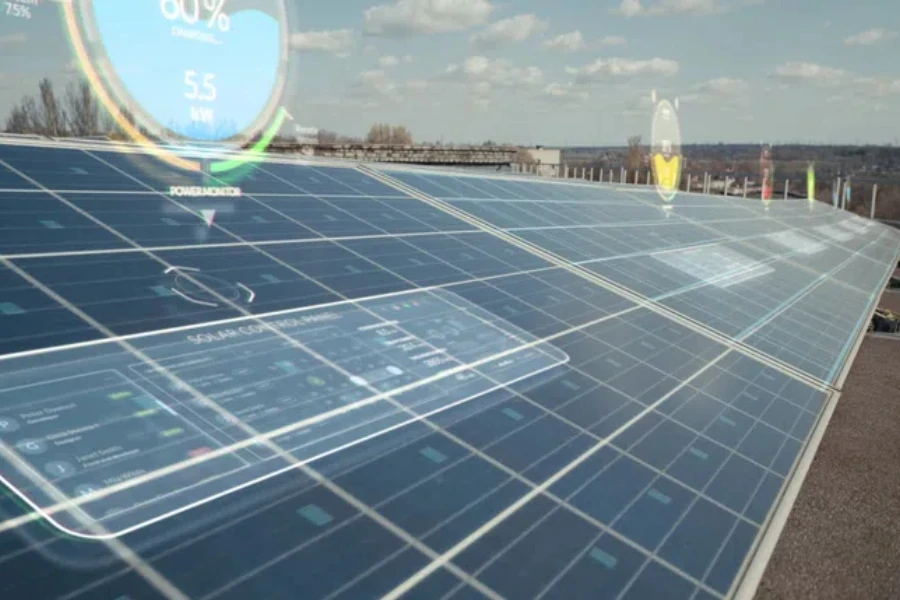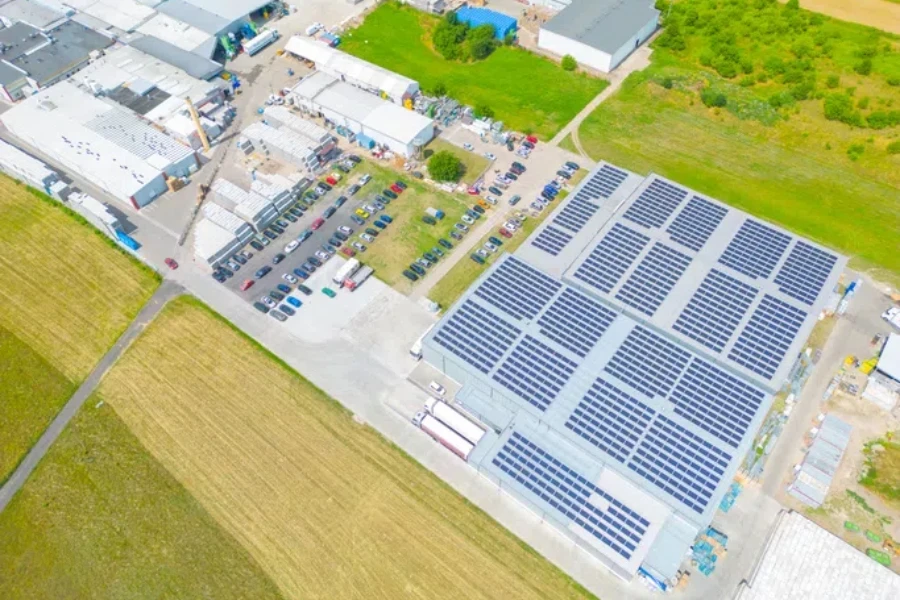The quest for renewable energy sources has led to innovative solutions that challenge traditional perceptions. Among these, solar paint emerges as a groundbreaking technology with the potential to transform surfaces into energy-generating canvases. This article delves into the intricacies of solar paint, covering its application, efficiency, cost, and environmental impact. By breaking down complex concepts into digestible explanations, we aim to provide a clear understanding of how solar paint could play a pivotal role in our renewable energy landscape.
Table of Contents:
– What is solar paint and how does it work?
– The efficiency and performance of solar paint
– The cost of solar paint compared to traditional solar panels
– Environmental impact and sustainability of solar paint
– Future prospects of solar paint technology
What is solar paint and how does it work?

Solar paint represents a fusion of nanotechnology and renewable energy science. At its core, this innovative paint contains microscopic particles that mimic the photovoltaic cells found in traditional solar panels. When applied to a surface, these particles absorb sunlight and convert it into electricity. This section explores the composition of solar paint, its application process, and the science behind its energy-generating capabilities.
Understanding the technology behind solar paint requires a grasp of its key components. Typically, the paint incorporates quantum dots or perovskite solar cells, materials known for their exceptional light-absorbing properties. These components are suspended in a liquid medium, allowing them to be spread across surfaces much like any other paint. The magic occurs when sunlight hits the coated surface, prompting the embedded particles to produce electrical charges.
The application of solar paint is as straightforward as its concept suggests. It can be applied to a variety of surfaces, from the exteriors of buildings to vehicles, potentially turning any sun-exposed area into a source of renewable energy. This versatility opens up new avenues for solar energy utilization, making it accessible to a broader range of applications beyond conventional rooftop solar panels.
The efficiency and performance of solar paint

Efficiency is a critical metric in evaluating renewable energy solutions. Currently, solar paint’s efficiency lags behind that of traditional photovoltaic panels. However, ongoing research and development efforts aim to bridge this gap. This section examines the current efficiency rates of solar paint, factors influencing its performance, and the potential for future enhancements.
Despite its relatively lower efficiency, the appeal of solar paint lies in its ease of application and the vast surfaces it can cover. This means that while individual square meters might generate less power than a traditional solar panel, the total energy output could be significant due to the larger area covered. Furthermore, solar paint can generate electricity in lower light conditions, offering a more consistent energy supply throughout the day.
Researchers are exploring various approaches to improve the efficiency of solar paint. Innovations in material science, particularly in the development of more efficient photovoltaic particles, hold promise for enhancing its performance. Additionally, advancements in the paint’s formulation could improve its light absorption and conversion capabilities, further increasing its overall efficiency.
The cost of solar paint compared to traditional solar panels

When considering the adoption of solar paint, cost is a significant factor. This section compares the financial aspects of solar paint with traditional solar panels, including initial investment, maintenance costs, and long-term savings. The aim is to provide a comprehensive understanding of solar paint’s economic viability.
Initial costs of solar paint are anticipated to be lower than those of traditional solar panels, primarily due to the simpler installation process and the absence of mounting systems. Additionally, the ability to apply solar paint to a variety of surfaces could reduce the need for structural modifications, further lowering upfront expenses.
Maintenance of solar paint is another area where cost advantages emerge. Unlike solar panels, which require regular cleaning and occasional repairs, solar paint is expected to need minimal upkeep. This ease of maintenance, combined with the durability of the paint, contributes to its cost-effectiveness over time.
Environmental impact and sustainability of solar paint

The environmental benefits of solar paint are manifold. By providing an alternative means of generating clean energy, solar paint contributes to the reduction of greenhouse gas emissions and the dependence on fossil fuels. This section explores the eco-friendly attributes of solar paint, its lifecycle, and its role in promoting sustainability.
Solar paint’s manufacturing process is less resource-intensive than that of traditional solar panels, resulting in a lower carbon footprint. Moreover, the ability to apply solar paint to existing structures maximizes the use of space and materials, further enhancing its environmental appeal.
The sustainability of solar paint also extends to its end-of-life phase. Researchers are focusing on developing recyclable and biodegradable components, ensuring that the technology not only benefits the present but also respects the future of our planet.
Future prospects of solar paint technology

The horizon for solar paint is vast and promising. As research continues to advance, we can anticipate improvements in efficiency, cost, and application methods. This section outlines the potential developments in solar paint technology and its impact on the renewable energy sector.
Emerging trends in nanotechnology and material science are set to propel solar paint to new heights. Innovations in particle design and composition could unlock higher efficiency rates, making solar paint a competitive alternative to traditional solar solutions.
Furthermore, the versatility of solar paint opens up a plethora of applications, from urban infrastructure to transportation. Imagine a world where bridges, roads, and vehicles contribute to energy generation, significantly expanding our renewable energy capabilities.
Conclusion:
Solar paint stands at the intersection of innovation and sustainability, offering a glimpse into a future where renewable energy is integrated into the very fabric of our built environment. While challenges remain in terms of efficiency and cost, the potential of solar paint to revolutionize energy generation is undeniable. As we continue to explore and improve this technology, solar paint could very well become a cornerstone of our renewable energy landscape, painting a brighter, greener future for all.




